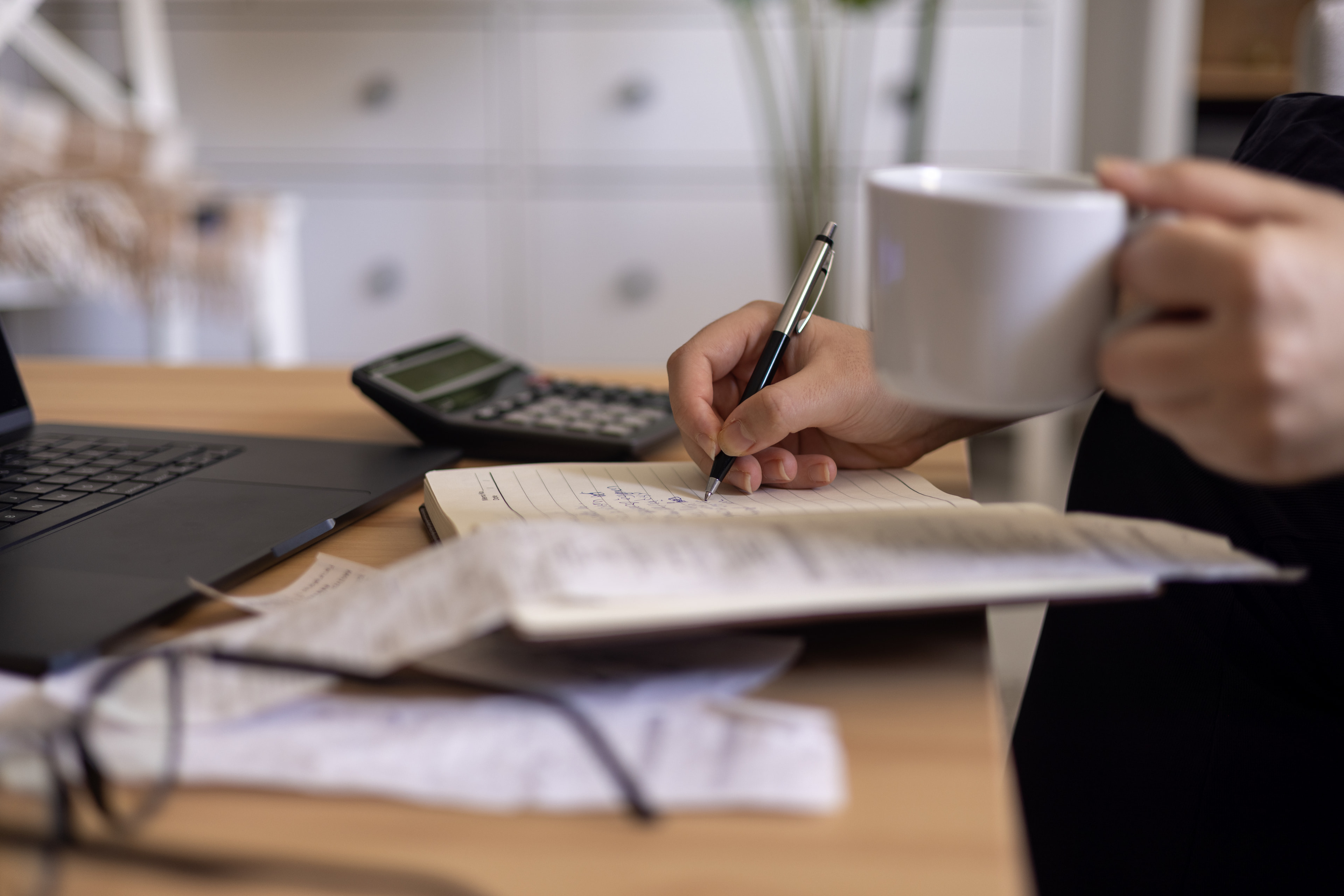The U.S. had a homeownership rate of over 67% in the second quarter of 2020, with most homeowners being 65 and over. However, the number of younger homeowners is growing, with many exploring homeownership as both a financial investment and a way to achieve what they want in life. And the latest record low interest rates are something that buyers of all ages can benefit from.
One of the biggest obstacles to homeownership is funding. With the average price of a home at $205,600 in the U.S., saving up enough cash may seem overwhelming. However, by making some adjustments to daily spending and setting goals, savvy homebuyers can start saving for a future home.
Benefits of homeownership
Aside from having a place to call your own, there are significant perks to buying a home, including:
• Building equity, which is the difference between what you owe on the home and what it's worth
• More stable monthly payments, compared to rent, which can raise annually, or sometimes even more often, mortgage payments stay fairly stable if you choose a fixed-rate interest option. Your monthly mortgage payment may increase if your property taxes go up, but this amount is typically less than a rent increase.
In addition, people who buy tend to stay in their homes longer. It's much more difficult to sell a home and relocate than to simply look for a new place to rent. The obstacle of moving makes homeownership a more long-term prospect, and this can provide an increased sense of stability and connection to a community, potentially adding to the benefits of owning a house.
How much does it cost to own?
While some home-buying programs promise no or low down payments, these same programs are generally backed by government money and may require you to complete education courses or follow additional guidelines. Even those with very low down payments may want you to set aside money to demonstrate your financial well-being and to cover additional fees, closing costs, and origination fees. Expect to set aside between 7% and 20% of the home's total cost before you start house hunting.
How to start saving for a house
If the thought of coming up with thousands of dollars seems impossible, consider these proven methods:
• Create a goal. Know how much you can afford in advance by using online mortgage calculators. This will give you an idea of what your next step would be to start saving.
• Set a date. Set a realistic deadline to reach your goal. Having a deadline in place will help you to stay on track and stay positive because it means there's an end in sight. Even if things come up that make it hard to save, you can still have a target deadline for your goal and revaluate as things come up.
• Trim the budget. Start with what you are already spending. Whether it's a decrease in dining out or trading your gym membership for workouts at home, there could be ways to cut some expenses from your monthly budget.
• Make big sacrifices. More difficult than just skipping a latte here and there, these more considerable budget cutbacks may feel impossible. However, they will be worth it if owning your own home is your dream. These significant cuts could be things like nixing the annual family vacation or agreeing on $15 Christmas gift exchanges instead of going big during the holidays.
• Earn more. Side hustles are all the rage and can help you to get to homeownership faster. You could start driving for a food delivery service, spend a few hours on the weekends tutoring via Zoom, or pick up an extra shift at your job.
The bottom line
Saving for a down payment can help get you started in the journey of homeownership. If you want to own a home, getting a good head start is essential. Even if you plan on renting for the foreseeable future, creating a little wiggle room in the budget, and putting that money aside for a rainy day, could become the start of what you eventually call "home sweet home."


